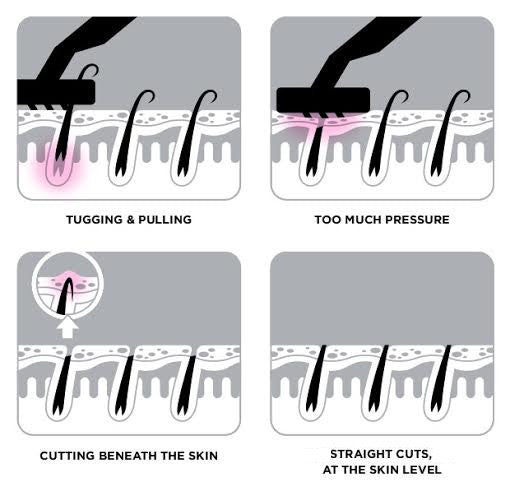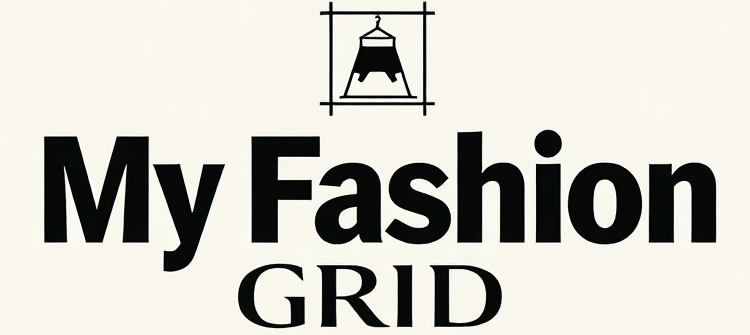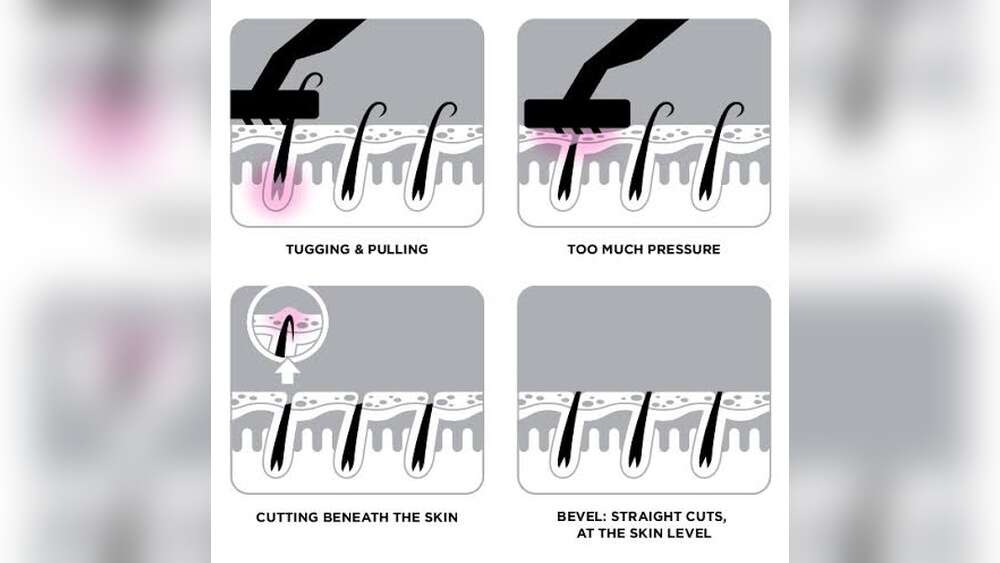If you’ve ever dealt with painful, itchy razor bumps after shaving, you know how frustrating it can be. These small, irritated spots not only make your skin look rough but also cause discomfort that lasts for days.
But what if you could shave smoothly without worrying about bumps ruining your skin? The secret lies in a few simple steps that protect your skin and keep irritation at bay. You’ll discover easy, practical tips to shave without getting razor bumps—so you can enjoy a clean, comfortable shave every time.
Keep reading to transform your shaving routine and say goodbye to those pesky bumps for good!
Prep Skin And Hair
Preparing your skin and hair properly before shaving reduces the chance of razor bumps. Soft, clean hair and smooth skin help the razor glide easily. Taking time to prep makes a big difference in your shave’s comfort and results.
Warm Water Softening
Start by rinsing your skin with warm water. Warmth opens pores and softens hair strands. This makes hair easier to cut without pulling. Use a warm towel or shave after a shower for best results. Soft hair and open pores protect your skin from irritation.
Gentle Exfoliation
Exfoliate your skin gently before shaving. Use a mild scrub or a soft brush to remove dead skin cells. This prevents clogged pores and ingrown hairs. Exfoliation smooths the skin’s surface and helps the razor cut cleanly. Avoid harsh scrubbing to protect sensitive skin.
Apply Shaving Lubricant
Apply a shaving cream or gel to create a smooth barrier. Lubricants reduce friction between the razor and your skin. This lowers the risk of cuts and bumps. Choose a product with moisturizing ingredients to soothe your skin. Spread it evenly over the area before you shave.
Choose The Right Tools
Choosing the right tools plays a crucial role in preventing razor bumps. The tools you pick affect how close and smooth your shave will be. Using proper equipment reduces skin irritation and cuts down on bumps. This section explores important tool choices for a bump-free shave.
Use A Sharp Razor
A sharp razor blade cuts hair cleanly without pulling or tugging. Dull blades increase friction and can cause razor bumps. Change your razor blade regularly to keep it sharp. Avoid pressing too hard while shaving to protect your skin. Sharp blades also help reduce the number of passes on the skin.
Consider Electric Razors
Electric razors offer a gentler shaving option for sensitive skin. They do not cut as close as manual blades, lowering the risk of bumps. Many electric razors come with adjustable settings for different hair types. Using an electric razor can be helpful for people prone to razor bumps. Always clean the razor after use to maintain hygiene and performance.
Shaving Techniques
Shaving techniques play a key role in preventing razor bumps. Using the right methods can reduce skin irritation and keep your skin smooth. Proper shaving habits protect hair follicles and avoid ingrown hairs. Follow these simple tips for a comfortable shave every time.
Shave With Hair Growth
Always shave in the direction your hair grows. This reduces pulling and irritation on your skin. Shaving against the grain may feel closer but often causes razor bumps. Take gentle strokes and follow the natural hair pattern to keep skin calm.
Avoid Over-shaving
Do not go over the same spot multiple times. Over-shaving irritates the skin and increases the chance of bumps. Use a sharp razor to get the job done quickly. Stop shaving as soon as the hair is removed to protect your skin.
Use Light Pressure
Pressing too hard causes cuts and skin irritation. Hold your razor lightly and let the blades do the work. Light pressure helps the razor glide smoothly over your skin. This technique lowers the risk of razor bumps and redness.

Credit: www.youtube.com
Post-shave Care
Post-shave care plays a key role in preventing razor bumps. It helps soothe the skin and keeps it healthy after shaving. Follow these simple steps to reduce irritation and keep your skin smooth.
Cool Water Rinse
Rinse your skin with cool water immediately after shaving. Cool water closes the pores and calms redness. It also removes leftover shaving cream and hair clippings.
Pat Dry Gently
Use a clean towel to pat your skin dry. Avoid rubbing the skin as it can cause irritation. Gentle drying helps keep the skin barrier intact and prevents bumps.
Moisturize Effectively
Apply a fragrance-free moisturizer to the shaved area. Moisturizing locks in hydration and soothes the skin. Look for products with aloe or chamomile for extra calmness.
Avoid Irritating Products
Stay away from products with alcohol, strong scents, or harsh chemicals. These can dry out and irritate your skin after shaving. Choose gentle, soothing skincare to protect your skin.
Preventing Razor Bumps For Sensitive Areas
Shaving sensitive areas requires extra care to avoid razor bumps. These bumps cause redness and discomfort. The skin in these areas is delicate and prone to irritation. Using the right techniques can help keep the skin smooth and healthy. Focus on gentle shaving habits and proper preparation.
Special Tips For Bikini Line
Trim hair before shaving to reduce tugging. Use a sharp, clean razor to prevent irritation. Shave in the direction of hair growth, not against it. Avoid pressing too hard on the skin. Apply a soothing lotion after shaving to calm the skin. Do not shave over irritated or broken skin. Change razors often to keep them sharp and clean.
Handling Curly Or Coarse Hair
Soften hair well before shaving with warm water or a warm compress. Use a rich shaving cream to reduce friction. Shave slowly and carefully to avoid cuts and bumps. Avoid going over the same spot multiple times. Use a single-blade razor to reduce irritation. Moisturize the skin thoroughly after shaving to prevent dryness. Consider using an electric razor for less irritation on coarse hair.

Credit: wetshavingproducts.com
When To Consult A Dermatologist
Knowing when to consult a dermatologist is key to managing razor bumps safely. Some skin issues need expert care to avoid worsening. Early help can prevent infections and lasting scars. Pay attention to your skin’s signals. Do not ignore persistent irritation or unusual symptoms after shaving. A dermatologist can offer targeted treatments that over-the-counter products cannot match.
Signs Of Infection
Infected razor bumps can cause redness, swelling, and pain. Pus or yellow crusts on the skin also signal infection. Fever or warmth around the area means bacteria may be present. These signs require prompt medical attention. Left untreated, infections can spread and harm your skin.
Persistent Razor Bumps
Razor bumps that last more than two weeks need a dermatologist’s evaluation. Chronic bumps may indicate an underlying skin condition or improper shaving technique. A skin expert can diagnose the cause and suggest changes. Persistent bumps increase the risk of scarring and skin discoloration.
Professional Treatments
Dermatologists offer treatments like corticosteroid creams and laser therapy. These help reduce inflammation and clear up bumps faster. Prescription antibiotics may be necessary for infected areas. Some treatments prevent future razor bumps by targeting hair follicles. Professional care ensures safe and effective results.

Credit: www.youtube.com
Frequently Asked Questions
How Do Gym Guys Shave And Not Get Razor Bumps?
Gym guys avoid razor bumps by softening hair with warm water, shaving with a sharp blade in hair growth direction, and moisturizing afterward. They use conditioner as shaving cream, avoid scrubbing, gently pat dry, then apply antiperspirant to soothe the skin and prevent irritation.
Why Do I Get Razor Bumps When I Shave?
Razor bumps occur when shaved hair curls back into the skin, causing irritation and inflammation. Shaving too closely or using dull blades worsens this. Curly or coarse hair types face higher risks. Proper shaving technique and moisturizing reduce bumps and soothe skin.
Is It Best To Shave Up Or Down?
Shave in the direction of hair growth (down) to reduce irritation and razor bumps. Shaving up (against the grain) can cause ingrown hairs and skin irritation.
Will Vaseline Prevent Razor Bumps?
Vaseline helps lock in moisture and soothe skin but does not prevent razor bumps alone. Proper shaving techniques and moisturizers work better.
Conclusion
Shaving without razor bumps takes simple, careful steps. Soften your hair and skin well before shaving. Use a sharp razor and always shave with hair growth. Avoid pressing too hard or going over the same spot repeatedly. After shaving, rinse and apply moisturizer to soothe the skin.
These habits reduce irritation and keep skin smooth. Consistency matters for healthy, bump-free skin. Keep your routine gentle and simple. Enjoy a comfortable shave every time.

Rubel Miah is the co-founder and senior writer at MyFashionGrid, where he shares practical and expert-backed male grooming advice. With years of experience testing grooming products and perfecting men’s style routines, Rubel’s goal is to help men look sharp and feel confident—whether it’s mastering the perfect shave, finding the right haircut, or upgrading their daily grooming game. When he’s not writing, you’ll find him experimenting with new razors or exploring the latest trends in men’s fashion and self-care.

